Lessons learned from my garden
okienurse
11 years ago
Related Stories

INSPIRING GARDENSWhat We Can Learn From Longwood Gardens’ New Meadow
Sustainability, ecology, native plant communities ... this public garden is brimming with lessons on horticulture for home gardeners
Full Story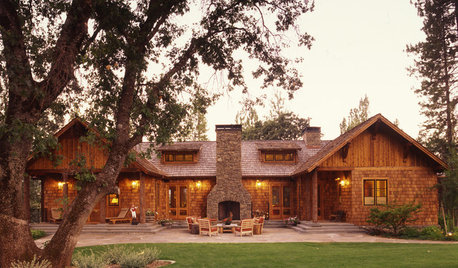
CONTRACTOR TIPS6 Lessons Learned From a Master Suite Remodel
One project yields some universal truths about the remodeling process
Full Story
LIFE5 Life Lessons We Can Learn From Italian Design
Discover how these core ideas of Italian life feed into the nation’s designs
Full Story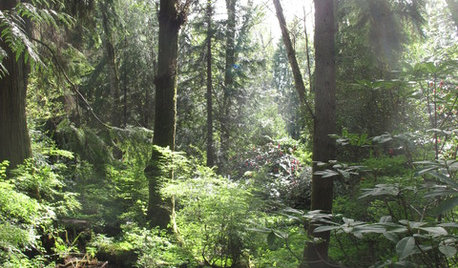
GARDENING AND LANDSCAPINGGarden Lessons from a Grand Northwest Reserve
Borrow classic landscape ideas from this Washington state treasure, a series of gardens as thoughtfully planned as they are spacious
Full Story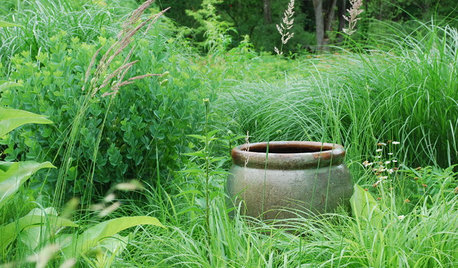
GARDENING GUIDES5 Invaluable Life Lessons From the Garden
The garden is both teacher and healer. Don't be afraid — dig in and reap the benefits
Full Story
SELLING YOUR HOUSEA Moving Diary: Lessons From Selling My Home
After 79 days of home cleaning, staging and — at last — selling, a mom comes away with a top must-do for her next abode
Full Story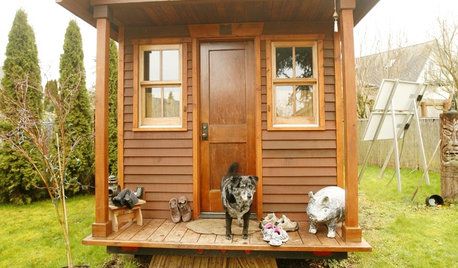
SMALL SPACESLife Lessons From 10 Years of Living in 84 Square Feet
Dee Williams was looking for a richer life. She found it by moving into a very tiny house
Full Story
COLORNature’s Color Wisdom: Lessons on Yellow From the Great Outdoors
Let the sunshine in. These ways to use yellow will cheer up your interiors and make Mother Nature proud
Full Story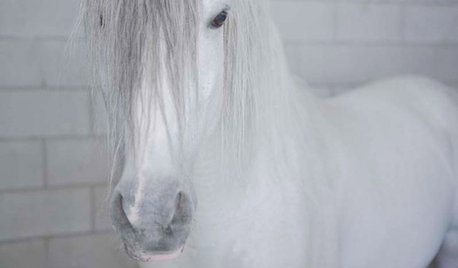
COLORNature’s Color Wisdom: Lessons on White From the Great Outdoors
Blizzard fierce or butter soft, white can highlight shapes, unify a room and perform miracles on the cheap
Full Story
COLORNature’s Color Wisdom: Lessons on Blue From the Great Outdoors
Take some cues from the sea and sky to find a blue to match any taste and mood
Full StoryMore Discussions






chickencoupe
MiaOKC
Related Professionals
West Milford Landscape Architects & Landscape Designers · River Forest Landscape Architects & Landscape Designers · Salem Landscape Architects & Landscape Designers · Berkley Landscape Contractors · Salem Landscape Contractors · Vancouver Landscape Contractors · West Orange Landscape Contractors · Wheat Ridge Landscape Contractors · Lauderdale Lakes Landscape Contractors · Ferguson Landscape Contractors · Lockport Decks, Patios & Outdoor Enclosures · Miami Decks, Patios & Outdoor Enclosures · Montgomery County Decks, Patios & Outdoor Enclosures · New York City Decks, Patios & Outdoor Enclosures · Urbana Decks, Patios & Outdoor Enclosureshelenh
Okiedawn OK Zone 7
mulberryknob
miraje
soonergrandmom
mulberryknob
biradarcm
miraje
mulberryknob
soonergrandmom
miraje
soonergrandmom